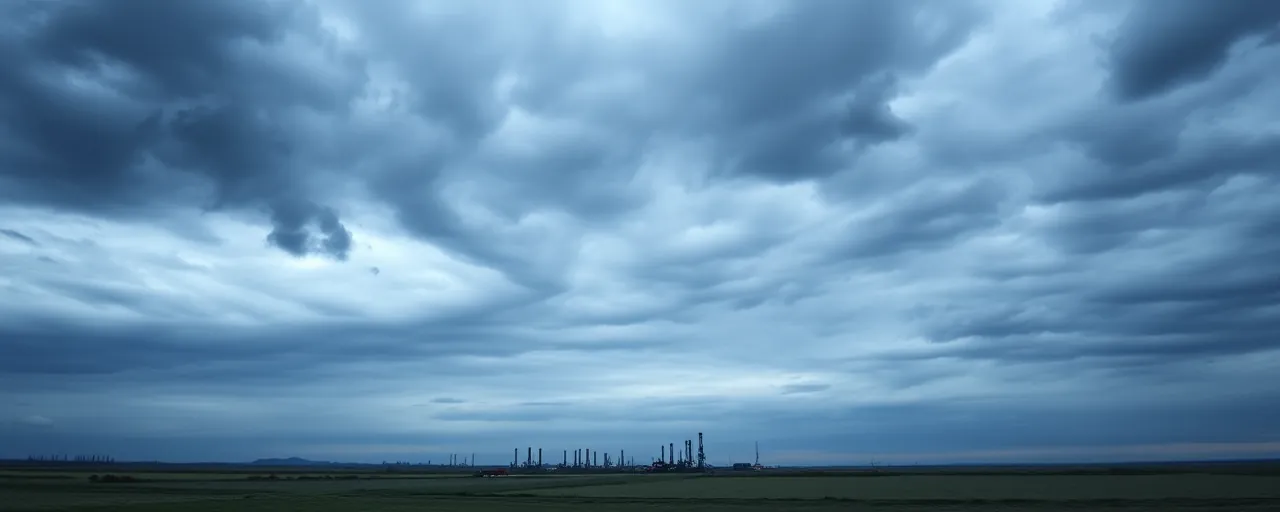A New Chapter for Energy Development
The vast plains of Montana and North Dakota are poised for change. The Bureau of Land Management (BLM) Montana-Dakotas State Office has kicked off a 30-day public comment period, running through April 25, 2025, to gather input on a plan to lease 29 oil and gas parcels spanning 9,102 acres. It’s a move that could shape the region’s energy future, and the BLM is turning to the public to help steer the process.
This isn’t a snap decision. The agency completed an initial review of these parcels in March 2025 and now wants feedback on everything from the sites themselves to potential environmental impacts. For those new to the world of federal land management, this step is a chance to see how energy projects unfold, and it’s a process that’s been decades in the making, blending economic promise with ecological stakes.
How Leasing Works, Step by Step
Leasing federal land for oil and gas isn’t a green light to drill overnight. It’s just the opening act. Once parcels are leased, companies must submit detailed drilling plans, which the BLM reviews alongside state partners and stakeholders. Each application gets its own environmental analysis, and the public gets another shot to weigh in. Only then can development begin, assuming all hurdles are cleared.
The parcels up for consideration come with built-in protections, like stipulations to shield wildlife habitats or water sources. Details on the sites, along with maps and comment instructions, are available online through the BLM’s ePlanning system. That platform, a digital hub for land management projects, lets anyone with an internet connection dig into the plans and voice their take.
Balancing Jobs, Revenue, and the Environment
Oil and gas leasing stirs a familiar debate: economic growth versus environmental cost. On one hand, these sales can deliver a hefty boost. Take offshore leasing in the Gulf of Mexico, where projections suggest an average of 2.5 million barrels of oil equivalent daily from 2025 to 2034, potentially adding $1.3 billion to the GDP each year and supporting thousands of jobs. Onshore, recent auctions in New Mexico raked in bids averaging over $15,000 per acre, a sharp jump tied to updated royalty rates.
Yet the environmental ledger tells a different story. Drilling can disrupt habitats, taint water supplies, and pump out greenhouse gases. Methane emissions, a potent climate driver, are a target for cuts, with regulations aiming for a 75% drop below 2012 levels by 2032. Still, other emissions from oil production could blunt those gains, leaving regulators and communities to wrestle with trade-offs that defy easy answers.
Voices That Shape the Outcome
Public input isn’t just a formality here; it’s baked into the system. The BLM’s call for comments builds on a long tradition of involving people in land decisions, stretching back to laws like the National Environmental Policy Act of 1969. That legacy lives on in tools like ePlanning, which opens the door for anyone to review plans and speak up, whether they’re ranchers, environmentalists, or energy workers.
Across the country, similar efforts show how this plays out. In Oregon, local governments run Citizen Involvement Programs to guide land use debates, while federal projects, from solar farms to grazing permits, lean on public feedback to fine-tune their scope. It’s a messy, democratic tug-of-war, ensuring no single view dominates the conversation.
What’s Next for the Plains
The BLM will sift through every comment submitted by April 25, using them to refine its review of the 29 parcels. Some might get deferred if concerns about wildlife or water outweigh the push for development. Others could move forward, setting the stage for drilling permits and, eventually, production. It’s a slow grind, but one that aims to balance the clamor for energy with the need to protect what’s already there.
For now, the spotlight stays on Montana and North Dakota. This leasing plan is a small piece of a bigger puzzle, one that’s been evolving since the Mineral Leasing Act of 1920 set the rules for tapping federal lands. As the deadline nears, the public’s role looms large, a reminder that these decisions aren’t made in a vacuum.
